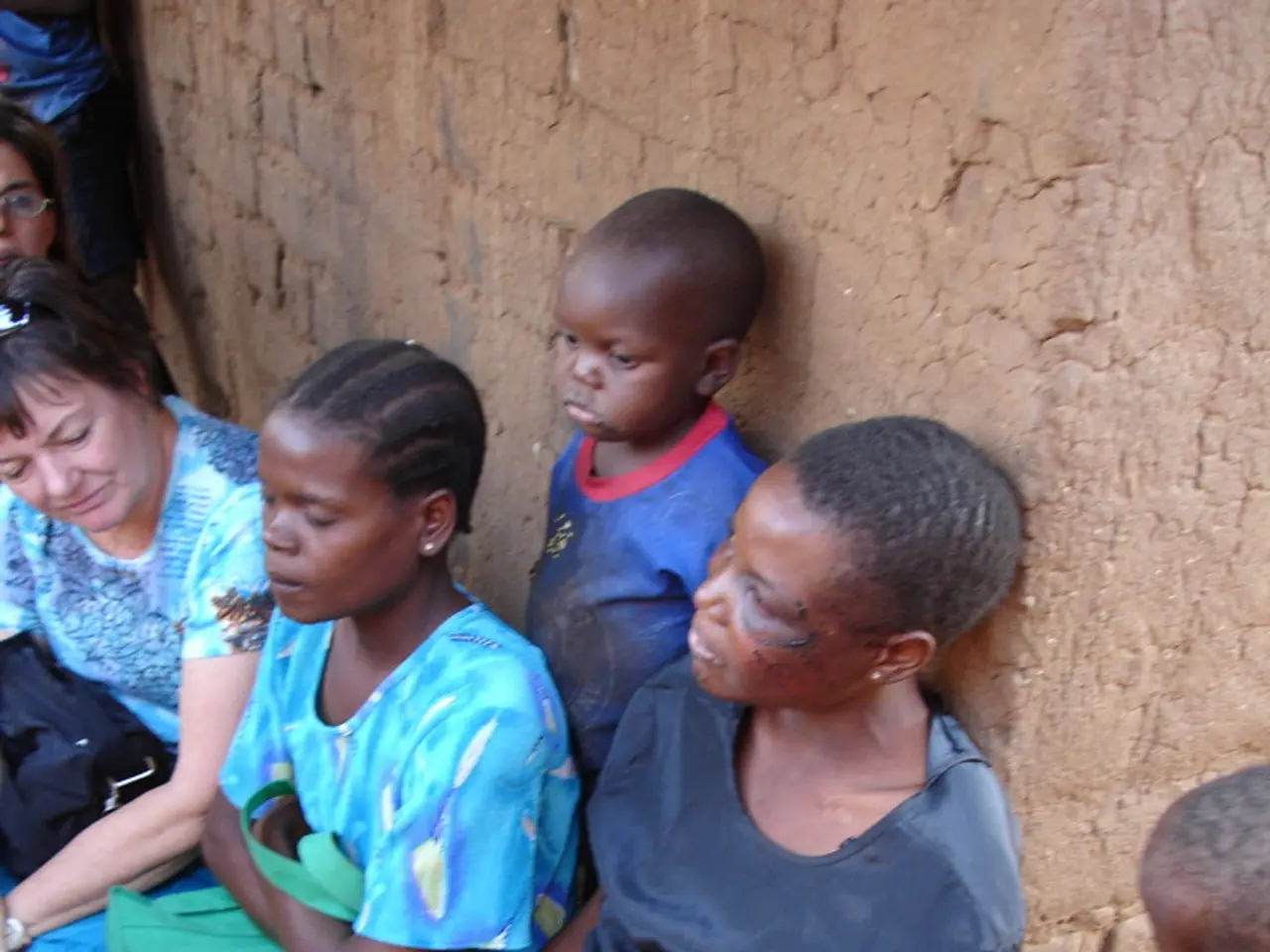Parents are more likely to have mothers take time off work when their children are ill, rather than fathers.
In a striking revelation, data from one of Germany's largest health insurance companies, Barmer, has highlighted an imbalance in the distribution of sick leave for children between mothers and fathers.
With around 8.3 million insured members, Barmer serves a significant portion of the German population. In 2024, the company recorded a total of 877,000 sick days for children, with 648,000 for women and 229,000 for men.
The data shows that mothers in Germany submitted approximately 2.6 times more applications for sick leave for children than men in 2024, with 296,000 applications compared to 109,000 from fathers. This trend was consistent across multiple years, with 2.7 times more applications coming from mothers in 2023, and 2.6 times in 2021.
The uneven distribution of these applications can be attributed to a combination of factors. One key reason is the structure of parental leave and care benefits in Germany. While parents can share up to 14 months of parental allowance, mothers tend to take a larger share of this leave due to traditional caregiving roles and possibly lower earnings by fathers.
Another factor is the lack of a statutory paternity leave right. Although some employers offer paternity leave as a benefit, it is not guaranteed or uniform, leading to fewer fathers taking leave or sick leave related to children.
German workplace culture and societal expectations also play a significant role. Traditionally, mothers are viewed as the primary caregivers, leading to mothers more frequently taking time off for child illness or care.
Barmer CEO Christoph Straub acknowledged this disparity, stating that the higher number of applications for sick leave for children from women reflects the persistent unequal distribution of family care responsibilities.
This imbalance is not just a matter of statistics. Single parents with more than two children can receive up to 70 days of sick leave for children in 2024, while parents with fewer children can receive up to 35 days. Each parent can apply for sick leave for children for up to 15 days per year, an increase from the previous 10 days.
Sick leave for children is available for every child insured under the statutory health insurance scheme who is under 12 years old and can be taken flexibly for individual days in 2024.
As the data from Barmer underscores, addressing this imbalance is crucial for promoting gender equality and fair distribution of family care responsibilities in Germany.
[1] https://www.bmfsfj.de/bmfsfj/themen/eltern-familie/elterngeld/elterngeld-gesetz.html [2] https://www.bundesministerium-family.de/SharedDocs/DE/Themen/Eltern-Familie/Elterngeld/Elterngeld-Gesetz.html [3] https://www.bmfsfj.de/bmfsfj/themen/eltern-familie/elterngeld/elterngeld-gesetz.html [4] https://www.bmfsfj.de/bmfsfj/themen/eltern-familie/elterngeld/elterngeld-gesetz.html
- The imbalance in the distribution of sick leave for children between mothers and fathers, as shown by data from Barmer, is a concern in the realm of health-and-wellness, particularly family-health, as it highlights the unequal distribution of care responsibilities within families and the potential impact on parenting.
- To promote gender equality and fair distribution of family care responsibilities, it is essential to address the disparity in sick leave applications for children between mothers and fathers, which is not just a statistical issue but a matter that deeply impacts the science of family dynamics and parenting in Germany.




